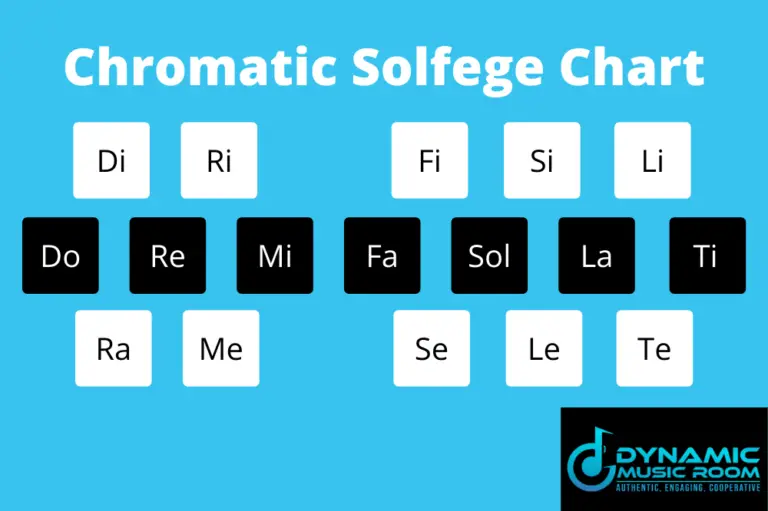

Guido was responsible for other innovations in music and music education but today he is primarily remembered for the invention of Solfège. The first six syllables come from the first syllable in each line of the Latin hymn Ut queant laxis (Hymn to John the Baptist).Įach of the first six lines of this hymn begins on a note a step higher than the note the previous line began with.įor the seventh note of the diatonic scale, subsequent convention chose the syllable si, a contraction of the first two initials in Sancte Iohannes (Saint John). It was Guido who chose the solmization syllables that evolved into the system of Solfège we use today. This medieval Benedictine monk is often referred to as the “Father of Music Education” and he is perhaps the most influential musician in history who most people have never heard of. He was a musician, a teacher, and a music theorist, and he was widely known (among his musical contemporaries) during his own lifetime as the author of Micrologus, a treatise on teaching and singing Gregorian Chant and the composition of polyphonic music. Guido d’Arezzo (literally, Guido of Arezzo, which is a town in Tuscany) lived from 991 or 992 – 1050. It is a training technique and a tool, and it is common for students in music programs to use Solfège every day as part of their musical training. Solfège is the oldest and most widely used system for teaching sight-singing and the ability to read music in the world.

Each note of the diatonic scale is assigned a Solfège syllable. Solfège is a practical method for teaching sight-singing (singing music from written notation).


 0 kommentar(er)
0 kommentar(er)
